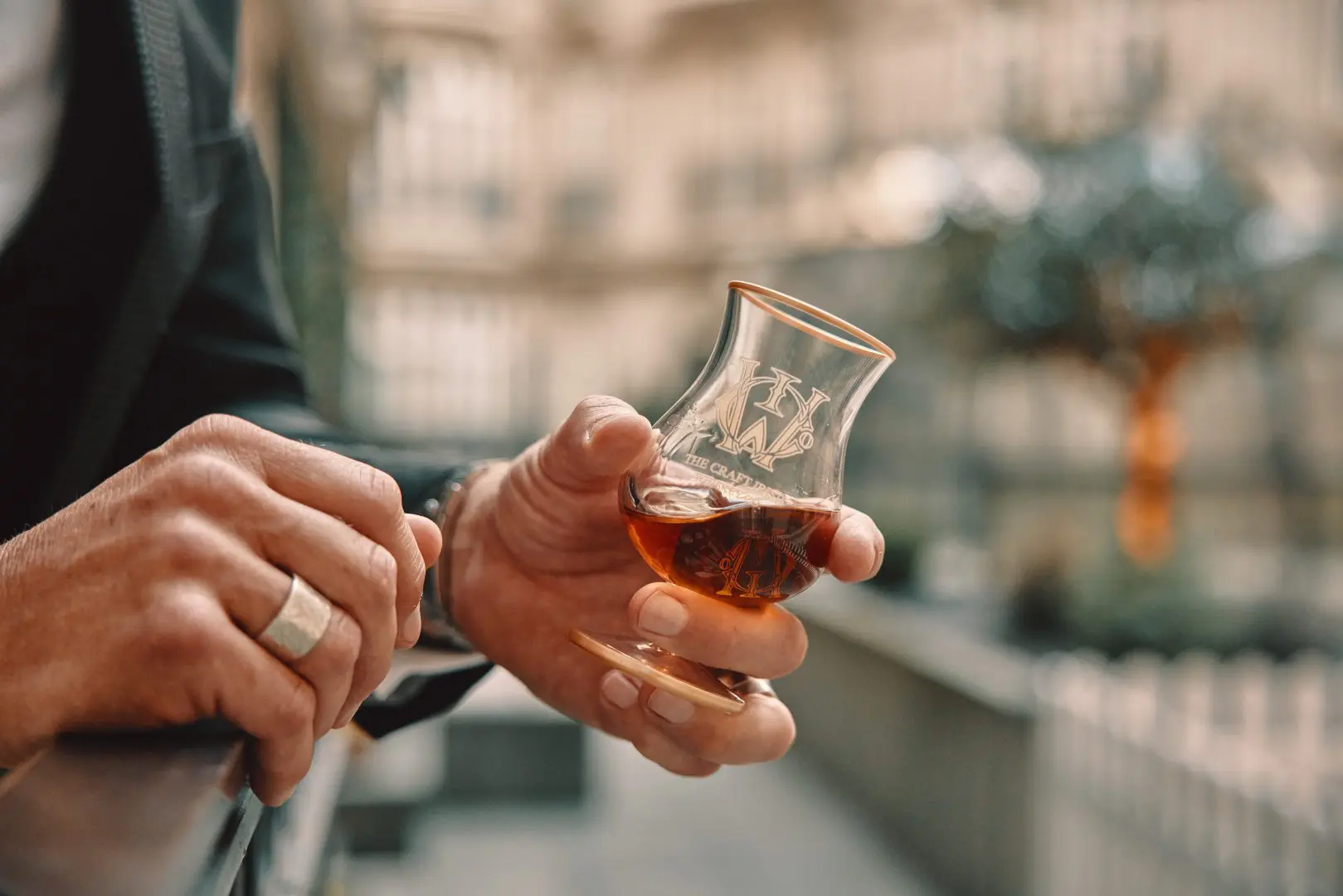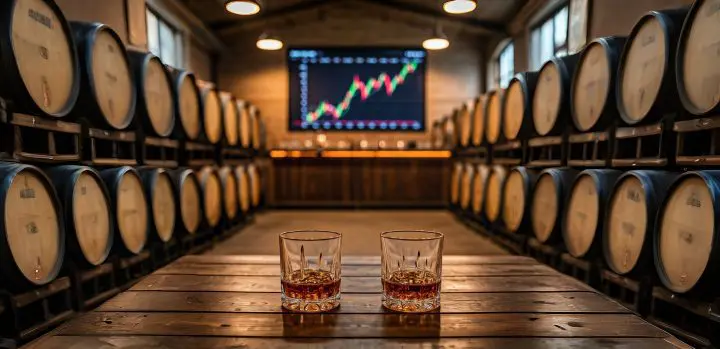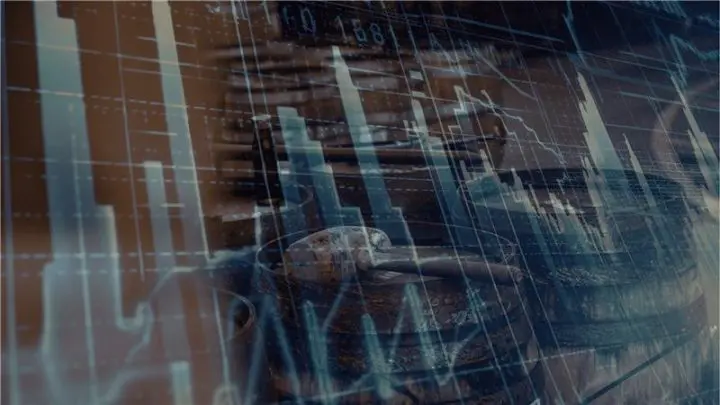
Making Collectable Whiskey Part of your Investment Portfolio: The Case for Becoming a Rare Whiskey Collector
There are some staggering financial gains to be made in the world of collectible rare whiskeys, especially if that bottle is a one-off or was once associated with people in positions of great power. But you need to hone in on the details of this practice if you want to excel.
As all private whiskey collectors will tell you, the value of vintage whiskey and collectable Irish whiskey tends to rise based on the impact that a bottle has had on society and the world at large. So when it comes to expensive whiskeys and whiskey appreciation, context is everything. Which is why, when considering whiskey as an alternative investment, it’s so important for us to set the scene here.
After gaining mass popularity in the 19th Century, Irish whiskey’s reputation has soared – as has the reputation of Scotch whisky – and bourbon – as a premium spirit, and as a collectable whisky. It’s not just the UK and the US who are driving growing worldwide demand – you need to factor in Japan, Canada and India, too, all of whom have brought their own distinctive styles and production methods to the table.
Scotch whisky, meanwhile, has always been a symbol of national pride, while Irish whiskey was over time even used as a form of currency in the US, used to pay debts, due to the fact that bottles of whiskey are highly transportable as an asset. During the American Revolution, American officers and leaders drank whiskey while bonding over the making of important decisions – and bottles of whiskey were speculatively used by American soldiers to bribe or convince British soldiers to switch sides and support the Americans during that conflict that lead to American Independence from British rule.
Other historians have claimed that US military strategy was even shaped by the decisions involved in protecting whiskey shipments from their warring British enemies. In fact, whiskey has been valued so profoundly throughout history that bottles were used to pay soldiers at war, instead of paying them in cash.
Equally, whiskey’s association with the early days of America and the lawless Wild West has further bolstered its currency and reputation. In the rough, dusty plains of early, barren America, whiskey became associated with the pioneering spirit of American culture. Its indication of one’s social status meant it was often more expensive to buy compared to less sophisticated drinks. It may have been harsh on the other side of the saloon doors, but at the bar, if you drank whiskey, you were seen as a tough and rugged individual, and deserving of respect. From America’s earliest days, whiskey carried its own high cultural value. Not just anyone drank whiskey.
This level of whiskey’s remarkable value as an asset to those who both bought and sold whiskey continued to grow during America’s Prohibition era, where demand for whiskey was so great that illegal speakeasies flourished to quench demand. Indeed, whiskey has always carried such intrinsic value that often famous US political figures wanted to be associated with the spirit for its social cache.
On his US presidential campaign, John F. Kennedy was often photographed enjoying a whiskey with voters; so was Bill Clinton, and Barack Obama, and California Governor-to-be Arnold Schwarzenegger. Across the cultural spectrum, think: Mad Men, the TV series; The Godfather movie; the 2009 Sherlock Holmes film; The Great Gatsby, starring Leonardo DiCaprio. Whiskey has always been a sign of power and sophistication – which is why, as a spirit, and especially in the case of rare whiskey bottles, it continues to capture the public’s imagination, heralded for its association with luxury and wealth.
Against this backdrop, in the world of whiskey investment, rare bottles of whiskey in your whiskey collection tend to increase in value over time, bolstered by the fact that often bottles in limited supply – as well as limited edition whiskey – were often made with expensive special ingredients, contributing to their unique flavour profiles. The fact that these unique whiskeys were made using specialty grains or unique malts, such as peated malts, drive up a bottle’s value. Equally, whiskeys made from barrels that aren’t made from oak as usual, but are instead made from cherry, maple or chestnut wood boost the whiskey’s flavour profile, and thus its originality. The more unique the wood used, often, the more complex the whiskey, increasing its value.
The same applies to longer-than-usual aging periods. Often, the longer a whiskey is aged, such as the Glenlivet 1943, a 70-year-old single malt Scotch, the more unique a bottle is. The same applies to the sherry oak-barreled Macallan 1946, a Scotch that was aged for 57 years. Also see the Balvenie 50-year-old, a single malt Scotch aged for 50 years in US oak, as well as European oak, barrels before bottling. The age and rarity of these bottles contribute significantly to their value.
Collectors also tend to pursue whiskeys with unique flavour profiles – and the demand for these bottles increases their value even more. Take the 25-year-old Old Rip Van Winkle, a Kentucky straight bourbon whiskey known for its rich, velvety mouthfeel, with flavours of caramel and spice. Or Japan’s Hibiki 35-year-old, with its honey flavour and hint of smoke; the 50-year-old Yamazaki, with its layered flavours of espresso and dried fruit; and the Dalmore 62-year-old, a single malt Scotch with notes of cocoa and dry fruit. These are complex whiskeys that are highly sought after by collectors who value the depth and flavour that comes with aging, and at all times retain one eye on a future whiskey valuation for their growing collection.
The same can be said for blended vintages – with some blends having such a unique flavour that to try to mimic its flavours again is considered impossible: the Johnnie Walker Blue Label, made from rare, aged malt and grain whiskeys, is a prime example of this; ditto a bottle of Crown Royal XR Red, a Canadian blend of 50 different whiskeys, some of which are more than six decades old. These blends have been created by masterful blenders, to create a blend that can never be replicated – not only that, it’s also almost impossible to duplicate the conditions in which these whiskeys were aged in.
When whiskey matures in barrels, its interaction with the barrel changes its flavour and aroma, simultaneously adding flavours such as vanilla and spice. Air enters the barrel’s porous wood, and the outside fluctuations in temperature cause the whiskey to expand, contract, and slightly evaporate, causing a more concentrated liquid and a more intense flavour.
These conditions can never be repeated for some of these rare bottles, because it would be simply impossible to control every single variable, from the temperature of that moment, to the humidity, to the air circulation in that distillery.
Similarly, no two barrels are the same, even if they’re made from the same type of wood, as different barrels yield different results. This is why often a rare single malt whisky ends up being sold for such a large sum at auction: these bottles represent a point in time never to be repeated.
Meanwhile, some rare whiskeys may have been hand-turned, where the malted barley on the malting floor was manually rotated during germination. This is a labour-intensive process, and time-consuming, and so it’s costly to do so, increasing the cost of production. So the scarcity of the practice, and its ability to add to the complexity of the whiskey can also add to a bottle’s distinctive and sought after flavour profile.
More so, in fact, if these bottles are part of a small batch production, produced by the distiller to maintain quality control, consistency, exclusivity, and scarcity – and again, even more so if these unique bottles are one-time collaborations with other distilleries, creating a one-of-a-kind whiskey, or an experimental offering created to test new production techniques or gauge consumer interest – and were then never produced again, becoming instant whisky collectables. They were instead part of a limited edition run to create excitement around a brand.
In the end, we all know that rarity adds value, which ratchets up the perceived value and desirability of a whiskey bottle in the eyes of collectors and enthusiasts – especially so if that rare bottle of collectable Scotch whisky is also associated with a famous person of cultural significance.
Take The Macallan 1964, owned by Sir Winston Churchill, which sold at auction in 2018 for $460,000; the bottle of Glenlivet 1943, owned by James Bond author Ian Fleming, which in 2013 sold for $50,000; and a 1937 Balvenic, owned by Frank Sinatra, which in 2013 sold for just over $90,000 in 2018. These are numbers that instantly nix all queries along the lines of, “Is rare whisky a good investment?
So, in short, if you were initially thinking, “Does whiskey appreciate in value?”, and you’re now toying with the idea of building up your Irish whiskey collection and Scotch collection to become a rare whiskey collector, these should be your watchwords: limited supply; remarkable aging; unique flavour profiles; and a level of historical significance. For rare whiskey collectors and enthusiasts considering the very best whiskey to invest in, these are the elements that drive up demand.

